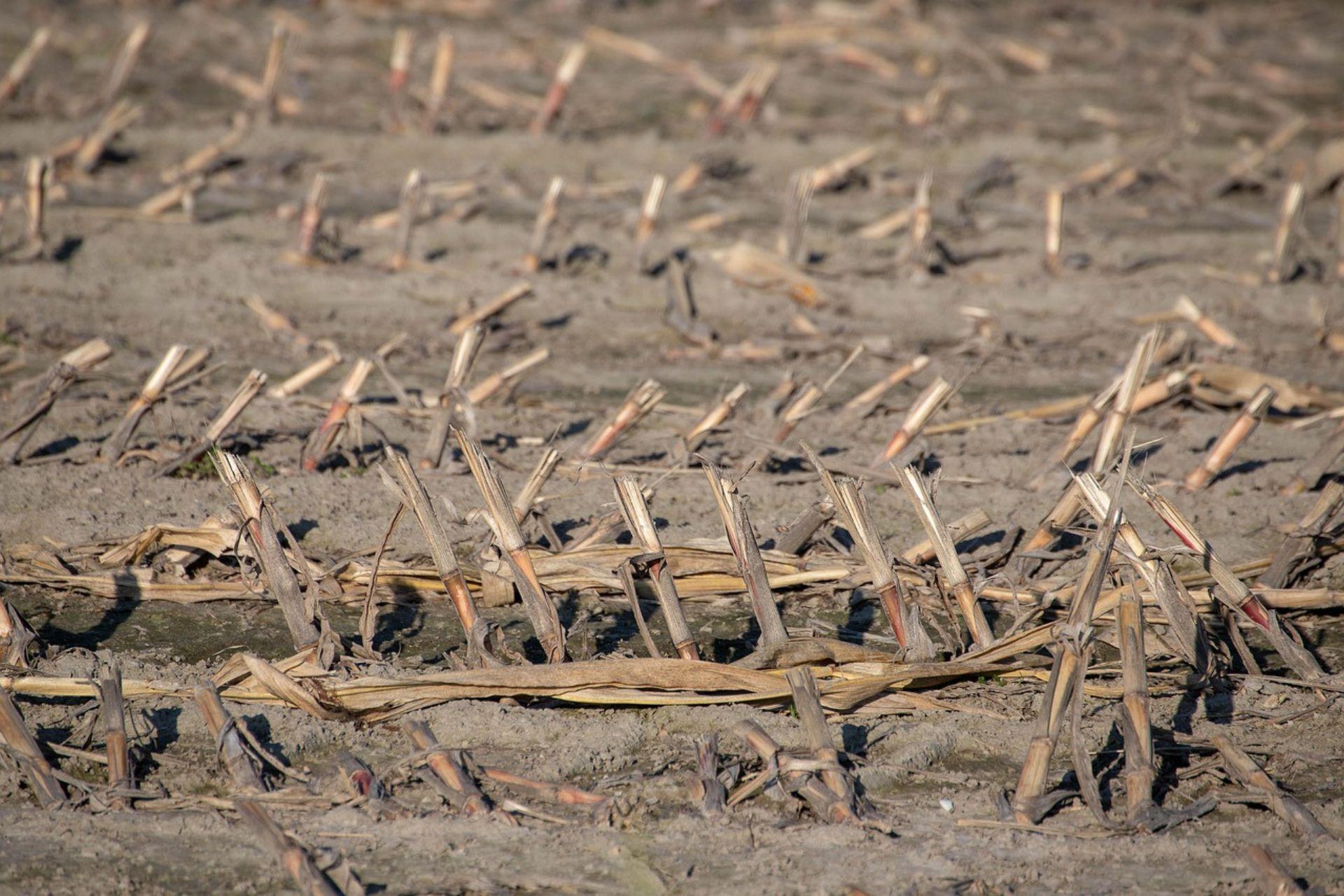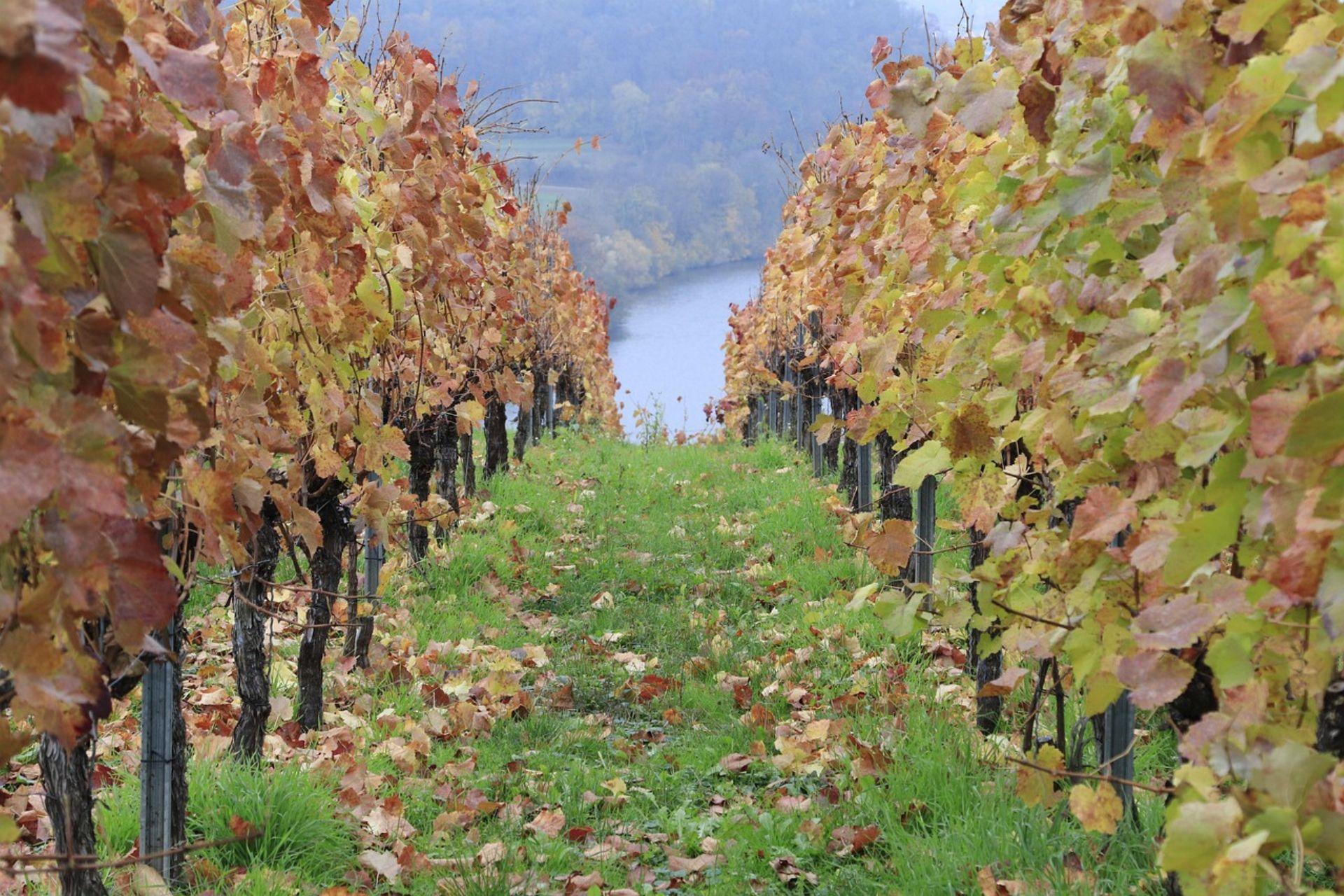
The management of crop residues: from waste to resource
The management of crop residues is a key aspect of agricultural activity: stubble, leaves and straw are not simply waste, but could become a strategic resource useful for improving soil fertility and making crops more sustainable. Targeted techniques and the use of innovative solutions make it possible to transform these residues into real added value for the farm.
What are crop residues and why are they important?
The term crop residues refers to all parts of plants that remain in the field after harvesting: stubble, leaves, straw, roots, branches and other plant material. In the past, they were often considered waste to be disposed of, whereas today modern agronomy recognises them as a potential resource. After all, nothing in nature is random: everything has a role and everything is useful, even what may be considered mere waste.
In fact, crop residues play a fundamental role in soil fertility by enriching organic matter, improving microbial activity and soil structure, and contributing to the maintenance of biodiversity.
In addition, crop residues act as a natural barrier against erosion, help retain moisture and can reduce the use of external inputs thanks to the gradual release of nutrients during decomposition.
Traditional techniques for managing crop residues
For centuries, crop residues have been managed using simple and direct methods, designed primarily to “clean up” the fields in preparation for the next crop. Today, the main techniques are:
- Shredding and burial
Residues are shredded using mechanical equipment (shredders, harrows, ploughs) and incorporated into the soil. This practice speeds up contact with decomposing microorganisms, but can require energy and long mineralisation times, especially when the materials have a high carbon content (e.g. cereal straw). - Surface spreading
In some cases, residues are left directly on the surface without being buried. In this way, they form a sort of ‘natural mulch’ that protects the soil from erosion and evaporation, but decomposition can be slow and irregular. - Burning
Once widespread, burning was used to quickly clear fields and reduce the presence of pathogens. Today, it is a practice that is strongly discouraged (and often prohibited) because it impoverishes the soil, destroys organic matter and releases harmful emissions into the atmosphere. - Removal
In some farms, especially those with extensive crops, straw or other residues are collected and reused as animal bedding or for other energy purposes. This is a useful practice from a business point of view, but it results in a loss of organic matter for agricultural land.

Crop residues: differences between cereals, legumes and horticultural crops
Not all crop residues behave in the same way in the field: their management varies depending on the crop of origin and the chemical composition of the plant tissues. Understanding these differences is essential for choosing the most effective strategy.
Cereals
Wheat, maize or barley residues are rich in lignin and cellulose, with a high carbon/nitrogen (C/N) ratio. This makes them more difficult to degrade and can cause nitrogen immobilisation if they are buried without adequate support.
Legumes
Crops such as soybeans, field beans and peas have a higher nitrogen content and therefore result in a more favourable C/N ratio in the soil. They decompose quickly and help to enrich the soil with nutrients. For this reason, legume residues are particularly valuable in cereal cropping systems, where they can balance the contribution of straw or stubble, which are more difficult to degrade.
Horticultural crops
Intensive horticultural production leaves large quantities of fresh, watery residues, which degrade quickly but can easily become a vehicle for pathogens (e.g. Botrytis or Sclerotinia). It is therefore necessary to accelerate their degradation to prevent them from becoming a reservoir of inoculum, especially in tight rotations.
Vines and fruit trees
Woody residues, such as vine shoots and prunings, degrade very slowly and require specific management. Shredding and treatment with solutions that accelerate decomposition reduce the persistence of wood-decaying fungi and improve the supply of stable organic matter over time.
Differentiated waste management therefore allows the characteristics of each crop to be exploited to the full, while at the same time improving soil health.

Acceleration of crop residue decomposition without phytosanitary risks
One of the main limitations of traditional crop residue management is the slow rate of decomposition. Straw, stubble and woody parts have a high carbon content and an unfavourable C/N ratio, which slows down the work of decomposing microorganisms. This means that residues remain on the soil for a long time, hindering subsequent tillage and sowing and becoming a reservoir of inoculum for fungal diseases such as fusarium, septoria, botrytis, etc.
Therefore, in order to transform waste into a risk-free resource, it is useful to promote its rapid degradation.
To quickly transform crop residues into stable organic matter, it is essential to use BioAksxter®, the depolluting bio-formulation that reproduces the natural processes of biomass degradation. Its application stabilises microbial activity in the soil, promoting rapid mineralisation of crop residues.
Thanks to its action:
- crop residues are transformed into organic absorption structures;
- the humification process occurs more quickly, returning nutrients to the soil in a shorter time frame.
- pathogenic fungi do not survive in plant debris and soil, thus avoiding phytosanitary risks and food contamination;
- this restores the balance of microbiological activity in the soil, with more stable organic matter and greater availability of nutrients for subsequent crops.
In this way, crop residues are no longer waste to be disposed of, but a resource to be exploited to restore soil health and increase crop productivity.
However, crop residue management cannot be viewed solely from an agronomic perspective: the issue must be considered within a broader analysis of soil contamination.
Beyond crop residues: an analysis of current agro-environmental conditions
Talking about enriching organic matter or making the most of crop residues only makes sense if the soil we work on is truly healthy. Unfortunately, today's agricultural soils have been marked by years and years of exploitation, chemical inputs and various types of contamination. This means that crop residues are also compromised.
There is much talk about fertility, but in many cases it is just an illusion. Increasing the organic matter in polluted soil is not enough to improve crop quality or regenerate the agricultural ecosystem. Without solving the problem of pollution, even the best crop residue management techniques are futile.
In fact, in order to eliminate pollutants absorbed through soil, air and water, plants need to activate the atomic microcombustion process to its maximum potential (i.e. 80-100,000°C in the microcosmic dimension). This is where BioAksxter® once again represents a true innovation.
BioAksxter® optimises this natural self-purification process by providing energy to plants. It is therefore pointless to recommend the use of crop residues as a source of organic matter without constant depollution.